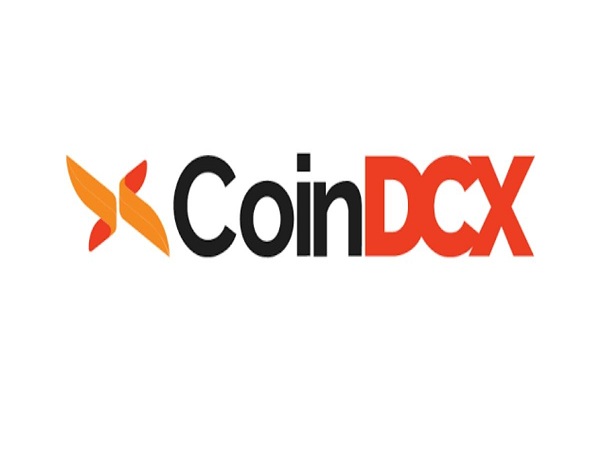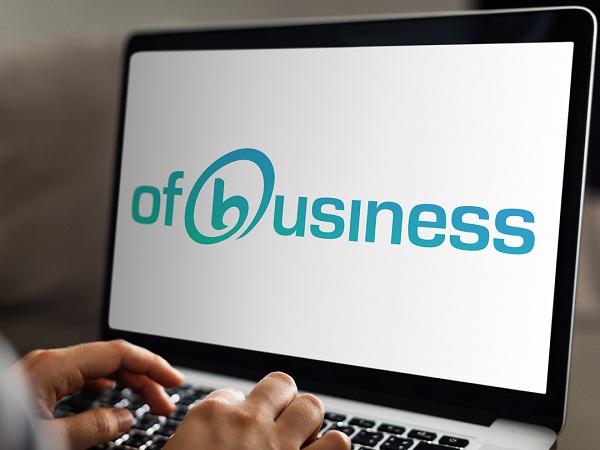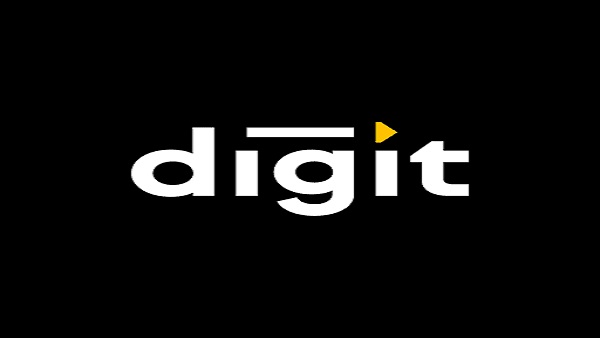BharatPe
BharatPe, an Indian merchant payment service, was valued at $2.85 million in a $370 million funding round led by Tiger Global, a US investment firm.
To enable offline merchants to accept electronic payments, BharatPe has developed a QR code-based payments service that uses India’s UPI infrastructure. It also provides working finance to small businesses and this year created its own card acceptance terminal, which has already been placed in over 50,000 locations.
Five of the seven current institutional investors – Coatue Management, Insight Partners, Sequoia Growth, Ribbit Capital, and Amplo – returned to the latest round, along with new investors Dragoneer Investment Group and Steadfast Capital.
CoinDCX
At a valuation of $1.1 billion, CoinDCX raised $90 million (INR 670 crores) in Series C fundraising. CoinDCX has now achieved the designation of ‘Unicorn,’ making it the first Indian crypto exchange to do so.
CoinDCX has been committed to making cryptocurrencies accessible to the Indian audience with simpler, secure, and compliant solutions since its beginning in 2018. It has onboarded over 3.5 million users so far, and on track to fulfil goal of onboarding 50 million Indians by the end of the year
Furthermore, the Covid-19 pandemic enticed many investors to invest in cryptocurrencies because of their lucrative yields and decentralised nature. Since its beginning, CoinDCX has amassed a user base of over 3.5 million people thanks to a combination of these characteristics.
Ofb Business
Ruchi Kalra, Vasant Sridhar, Bhuvan Gupta, and Nitin Jain launched OfBusiness, which provides raw material procurement services and finance to small and medium companies (SMBs). Ofbusiness, a B2B firm based in Gurugram, has reached the unicorn club after raising $160 million from SoftBank’s Vision Fund 2.
According to a press release from the firm, existing investors Falcon Edge Capital and Matrix Partners also participated in the round. By September 2021, OfBusiness hopes to be profitable, with a revenue run rate of more than $1.1 billion. The company claims to be growing at a rate of four times every year.
Chargebee
Chargebee, the premier subscription billing and revenue management platform (in the SaaS industry), is the city’s newest unicorn, with a valuation of $1.4 billion following a new round of $125 million in series G funding. Zoho and Freshworkks are two other Unicorns from Chennai (both in the SaaS space).
Chargeebee’s customer portfolio includes Okta, Freshworks, Calendly, Study.com, and thousands of other high-growth subscription businesses in verticals ranging from vertical and horizontal SaaS to D2C e-commerce, OTT streaming, e-learning, publishing, and others, in over 60 countries, selling to end customers all over the world.
Digit
With a valuation of US$1.9 billion, Digit Insurance, a general insurer founded in 2017, has become India’s first unicorn of 2021.
A unicorn is a privately held startup with a market capitalization of more than $1 billion.
Digit’s premium income increased by 31.9 percent to US$186 million from April to December 2020, according to a statement, and the company has served over 15 million consumers since its establishment. Despite the economic downturn that afflicted other businesses, the insurance was profitable in the first three quarters of fiscal year 20-21.
Groww
Groww, an investment platform, raised $83 million in a Series D funding round led by Tiger Global Management, valuing the company at more than $1 billion. Sequoia India, Ribbit Capital, YC Continuity, and Propel Venture Partners were among the existing investors in the round.
Groww, which was founded in 2017, claims to have over 1.5 million registered members in over 900 cities. By simplifying the onboarding process, the company makes it simple for consumers to invest in stocks, mutual funds, ETFs, IPOs, and gold. It debuted stocks with an easy-to-use interface for do-it-yourself (DIY) investors in June of last year. Groww competes with online stock brokerages Zerodha and Upstox, as well as Paytm Money, One97 Communications Ltd’s wealth management subsidiary, which controls Paytm.
CRED
Cred, a fintech startup, has raised $215 million in a fundraising round led by new investment Falcon Edge Capital and existing investor Coatue Management LLP, valuing the company at $2.2 billion. Cred’s current Series D financing comes after the Kunal Shah-led startup secured $81 million at a $806 million valuation just a few months ago. DST Global, RTP Global, Tiger Global, Greenoaks Capital, Dragoneer Investment Group, and Sofina were among the new investors, as were current investors DST Global, RTP Global, Tiger Global, Greenoaks Capital, Dragoneer Investment Group, and Sofina.
Cred was created in 2018 to make it easier for customers to pay their credit card bills and earn incentives. Since then, it has expanded into financing via Cred Cash, as well as online commerce and brand discovery via its ‘Store’ and ‘Discover’ platforms.
Acko
Acko General Insurance, a digital insurance provider, said on October 28 that it has secured $255 million in a Series D round headed by General Atlantic and Multiples Private Equity. With this financing, the firm became the 34th startup in India to become a unicorn in 2021, bringing its worth to $1.1 billion.
A unicorn is defined as any privately held company with a valuation of $1 billion or more.
The round also includes current investors Intact Ventures and Munich Re Ventures, as well as the Canada Pension Plan Investment Board and Lightspeed. The Company is valued at USD 1.1 billion as a result of this fundraise. The entire amount raised by Acko is now $450 million.






